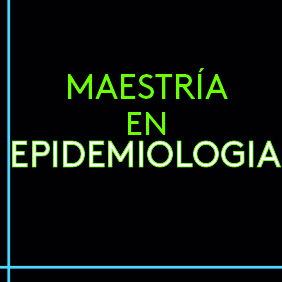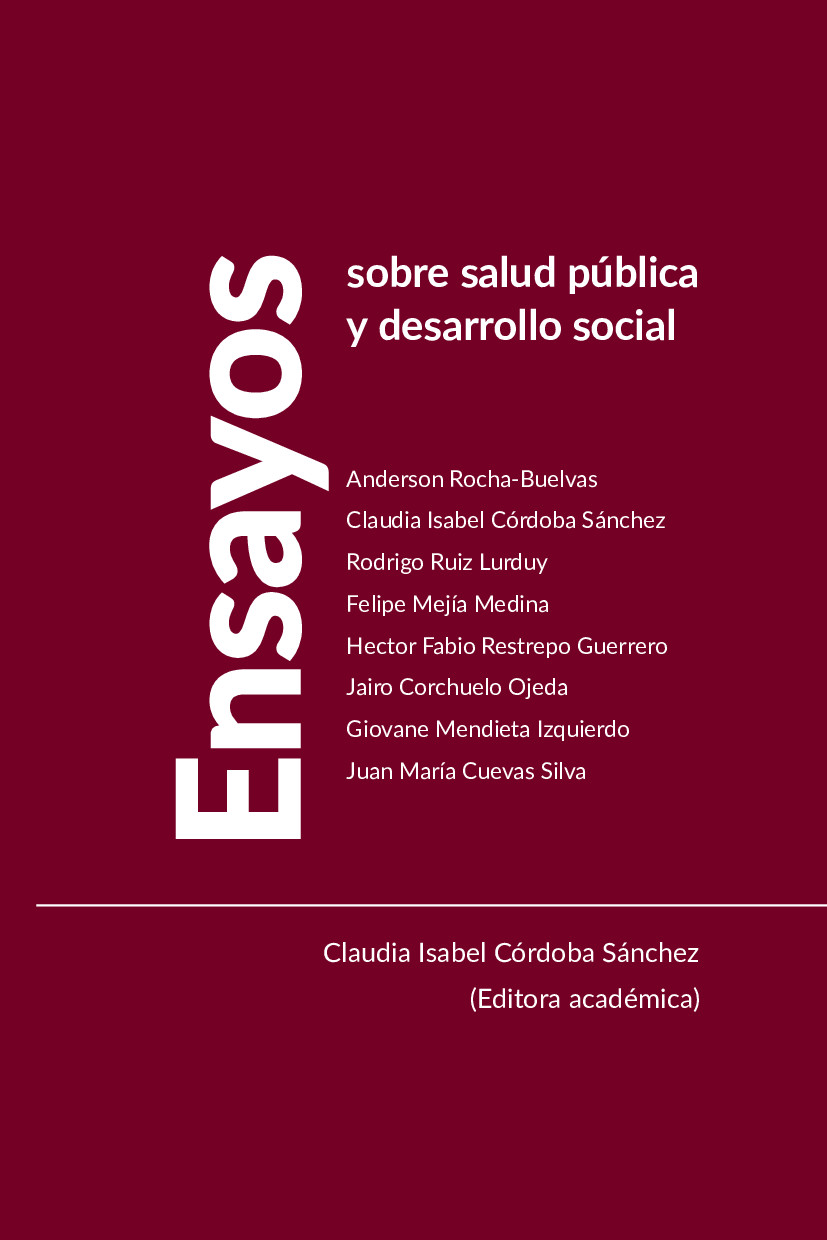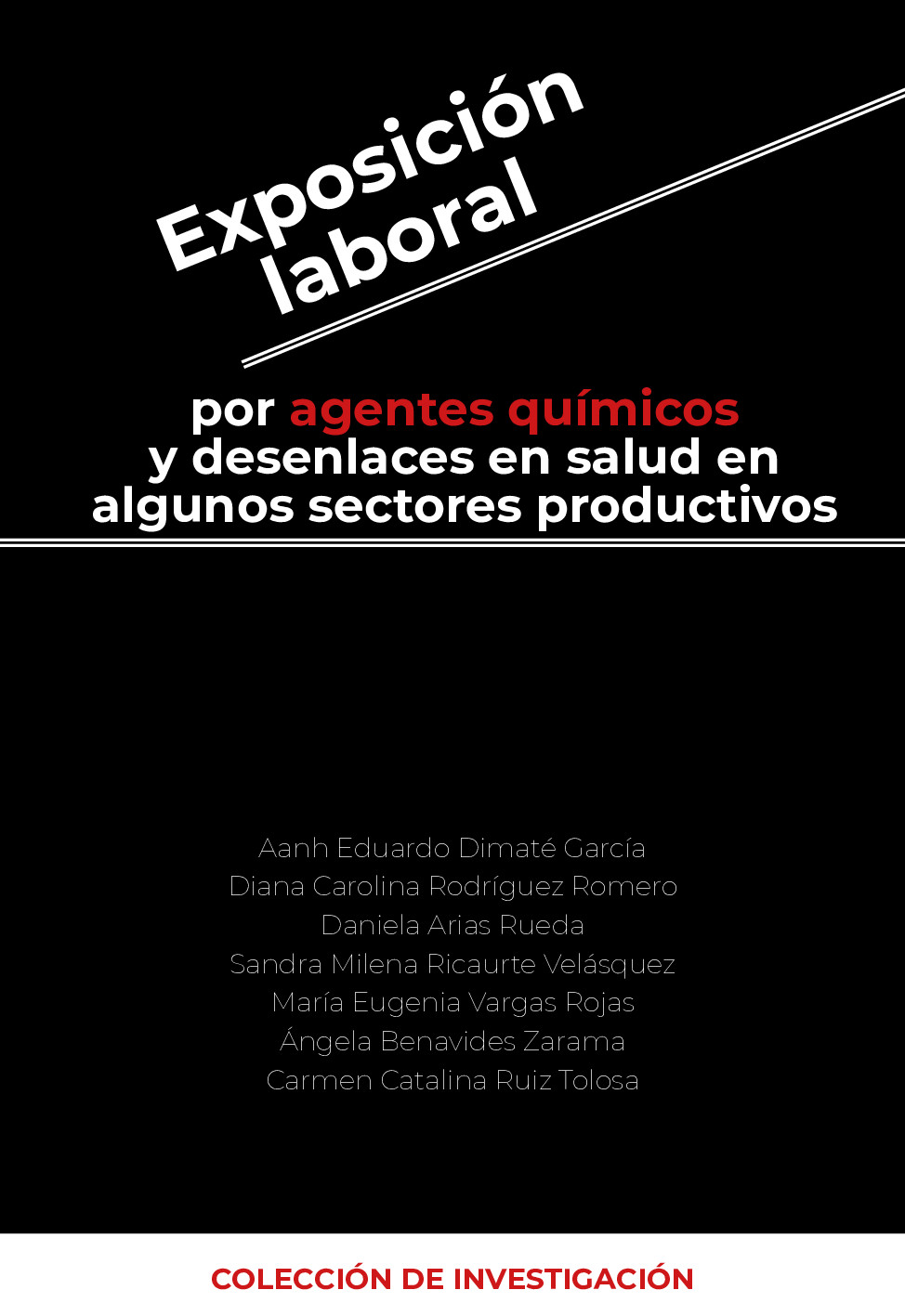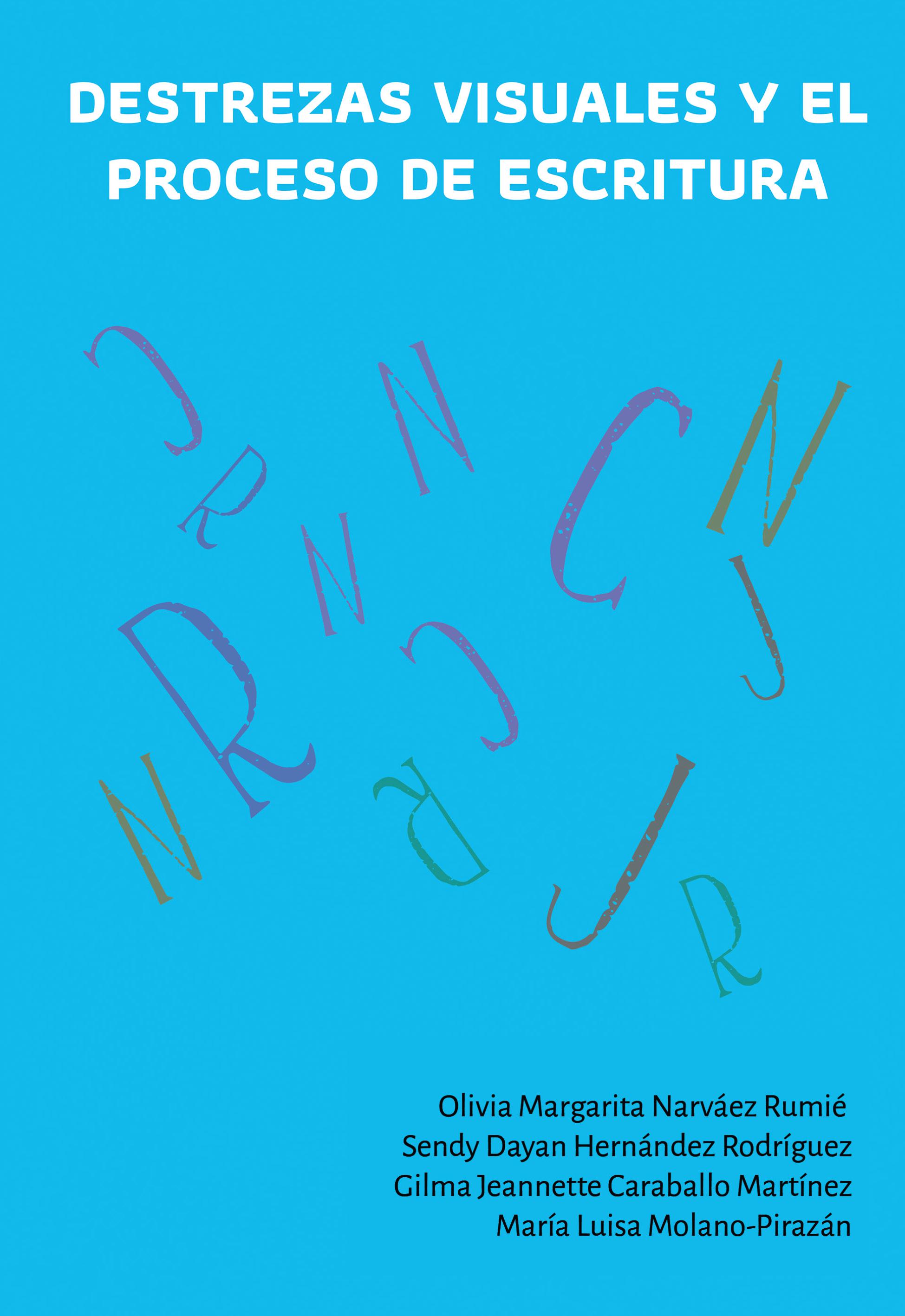Resumen
Objetivo: determinar el efecto de un programa de ejercicio seguido de un periodo de reposo post-intervención en marcadores de riesgo cardiovascular de un grupo de escolares de un Colegio de Cali-Colombia.
Materiales y métodos: estudio experimental en el que se incluyeron 26 escolares con edades entre 10 y 13 años. Estos se sometieron a un período (4 meses) de intervención con ejercicio seguido de un periodo de reposo. Cambios en: glucosa y perfil lipídico; variables antropométricas; y parámetros de capacidad física, fueron evaluados.
Resultados: los niños mostraron mayores valores de porcentaje (%) grasa corporal, cHDL, VO2 max, carga y lactato al finalizar la intervención con ejercicio, e incremento significante en el valor de glicemia, IMC y % grasa corporal respecto al final del periodo de reposo post-intervención. En las niñas solo se observó incremento en la mediana de la carga luego de intervención con ejercicio. En el periodo de reposo post-intervención el IMC, porcentaje de grasa corporal y glicemia fueron más altos, y el valor de carga menor en comparación con el final de la intervención con ejercicio.
Conclusiones: los niños presentaron mejor respuesta al ejercicio en variables relacionadas con riesgo cardiovascular, y este hallazgo podría estar influenciado por actividad física espontanea en los varones. En la mayoría de variables se observaron cambios negativos tras el periodo de reposo post-intervención. Para el conocimiento de los autores, este ensayo representa una primera exploración del efecto de un periodo sedentario tras un programa de ejercicio en el perfil cardiovascular de un grupo de escolares.
Licencia
Los autores deben declarar la no existencia de conflictos de intereses ya sea por motivos de financiación del proyecto del cual es resultado el artículo; así como por motivos intelectuales, académicos, morales e investigativos.
La Revista de Investigaciones Andina se acoge a las normas éticas para publicaciones dadas por el COPE: http://publicationethics.org/resources/code-conduct
Citas
2. OMS-Serie de Informes Técnicos. Dieta, nutrición y prevención de enfermedadescrónicas. Ginebra: OMS; 2003. Informe de una Consulta Mixta de Expertos OMS/ FAO.
3. Boreham CA, Twisk J, Savage MJ, Cran GW, Strain JJ. Physical activity, sports participation, and risk factors in adolescents. Med. Sci. Sports Exerc. 1997; 29: 788-793.
4. MINISTERIO DE SALUD. La salud en Colombia. 10 años de información. Situación de salud. 1995.
5. Álvarez, R.; “Familia, Vejez y Salud”; 2° Congreso Nacional de Gerontología. Medellin, 1997.
6. American Diabetes Association. Type 2 Diabetes in Children and Adolescents. Pediatrics .2000; 105 (3): 671-680.
7. Franks P, Hanson R, Knowler W, Moffett C, Enos G, Infante A, et al. Childhood Predictors of Young-Onset Type 2 Diabetes. Diabetes. 2007; 56: 2964–2972.
8. Knowler WC, Barrett-Connor E, Fowler SE, Hamman RF, Lachin JM, Walker EA, et al. Reduction in the incidence of type 2 diabetes with lifestyle intervention or metformin. N Engl J Med. 2002; 346(6): 393- 403.
9. Jenum A, Anderssen S, Birkeland K, Holme I, Graff-Iversen S, Lorentzen C, et al. Promoting Physical Activity In A LowIncome Multiethnic District: Effects Of A Community Intervention Study To Reduce Risk Factors For Type 2 Diabetes And Cardiovascular Disease A Community Intervention Reducing Inactivity. Diabetes Care. 2006; 29:1605–1612.
10. Saelens B, Sallis J, Wilfley D, Patrick K, Cella J, Buchta R. Behavioral weight control for overweight adolescents initiated in primary care. Obes Res.2002; 10:22-32.
11. Tomassoni TL. Introduction: the role of exercise in the diagnosis and management Referencias of chronic disease in children and youth. Med Sci Sports Exercise. 1996; 28(4):403- 5.
12. Epstein LH, Coleman KJ, Myers MD. Exercise in treating obesity in children and adolescents. Med Sci Sports Exercise 1996; 28(4):428-35.
13. Menchú MT. Revision de metodologias aplicadas en estudios sobre el consumo de alimentos. 1992. OPS-INCAP. Publicación INCAP ME/4351. Guatemala.
14. Slaughter MH, Lohman TG, Boileau R.A., Horswill CA, Stillman RJ, Van Loan M, et al. Skinfold equations for estimation of body fatness in children and youth. Hum Biol. 1988; 60: 709-23.
15. Friedewald WT, Levy RI, Frederickson DS. Estimation of the concentration of low density lipoprotein cholesterol in plasma without use of preparative ultracentrifuge. Clin Chem. 1972; 18:499-502.
16. American Thoracic Society/American College of Chest Physicians. Statement on cardiopulmonary exercise testing. Am J Respir Crit Care Med. 2003; 167: 212 - 242.
17. Farpour-Lambert NJ, Aggoun Y, Marchand LM, Martin XE, Herrmann FR, Beghetti M. Physical activity reduces systemic blood pressure and improvesearly markers of atherosclerosis in pre- pubertal obese children. J Am Coll Cardiol. 2009; 54(25):2396-406.
18. Froberg K, Andersen LB. Mini review: physical activity and fitness and its relations tocardiovascular disease risk factors in children. Int J Obes (Lond). 2005,29 (Suppl 2):S34-9
19. Myers L, Strikmiller PK, Webber LS, Berenson GS. Physical and sedentary activity in school children grades 5-8: the Bogalusa Heart Study. Med Sci Sports Exerc. 1996 .28(7):852-9.
20. Akber A, Portale AA, Johansen KL. Pedometer-Assessed Physical Activity in Children and YoungAdults with CKD. Clin J Am Soc Nephrol. 2012;7 (5):720-6.
21. Andersen RE, Crespo CJ, Bartlett SJ, Cheskin LJ, Pratt M. Relationship of physical activity and television watching withbody weight and level of fatness among children: results from the Third National Health and Nutrition Examination Survey. JAMA. 1998; 279(12):938-42.
22. Sallis JF. Epidemiology of physical activity and fitness in children and adolescents. Crit Rev Food Sci Nutr. 1993; 33 (4-5):403-8.
23. Sardinha LB, Andersen LB, Anderssen SA, Quitério AL, Ornelas R, Froberg K, et al. Objectively measured time spent sedentary is associated with insulin resistance independent of overall and central body fat in9- to 10-year-old Portuguese children. Diabetes Care. 2008; 31(3):569-75.
24. Eliakim A, Kaven G, Berger I, Friedland O, Wolach B, Nemet D. The effect of a combined intervention on body mass index and fitness in obese children and adolescents - a clinical experience. Eur J Pediatr. 2002; 161(8):449-54.
25. Chen AK, Roberts CK, Barnard RJ. Effect of a short-term diet and exercise intervention on metabolic syndrome in overweight children. Metabolism. 2006; 55(7):871-8.
26. Mo-Suwan L, Pongprapai S, Junjana C, Puetpaiboon A. Effects of a controlled trial of a school-based exercise program on the obesity indexes of preschool children. Am J Clin Nutr. 1998;68(5):1006-11.





















